President’s message: Transparency in the race to net zero
Reliable Controls president Tom Zaban explores how we can help you foster transparency in the race to net zero.




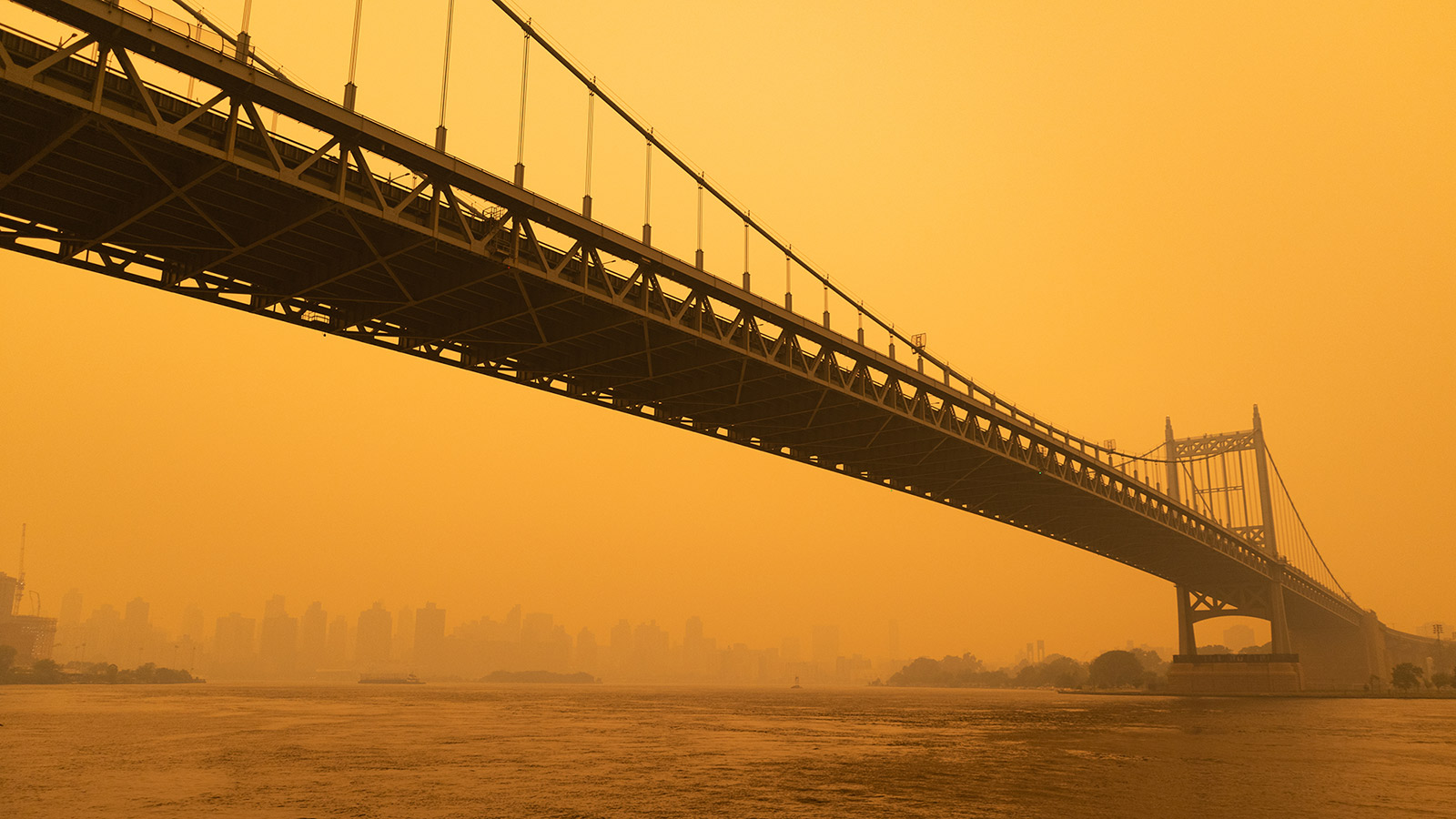
New Yorkers are used to dealing with bad weather. But the smoky orange skies that blanketed everything from Brooklyn Bridge to Central Park in recent years was something new. Across North America and Europe, severe and unusual forest fires spread smoke across continents during the summer months, over borders and cities and even across oceans.

Wildfire smoke contains a variety of air pollutants, including fine particulate matter, carbon dioxide, nitrogen oxides, and volatile organic compounds. The air quality in Toronto on June 7, 2023, ranked among the worst in the world. In Syracuse, New York, and Pennsylvania’s Lehigh Valley that summer, where the Air Quality Index is measured on a scale of 0 to 500, it exceeded 400. Anything over 300 is considered hazardous and elicits a health warning of emergency conditions.
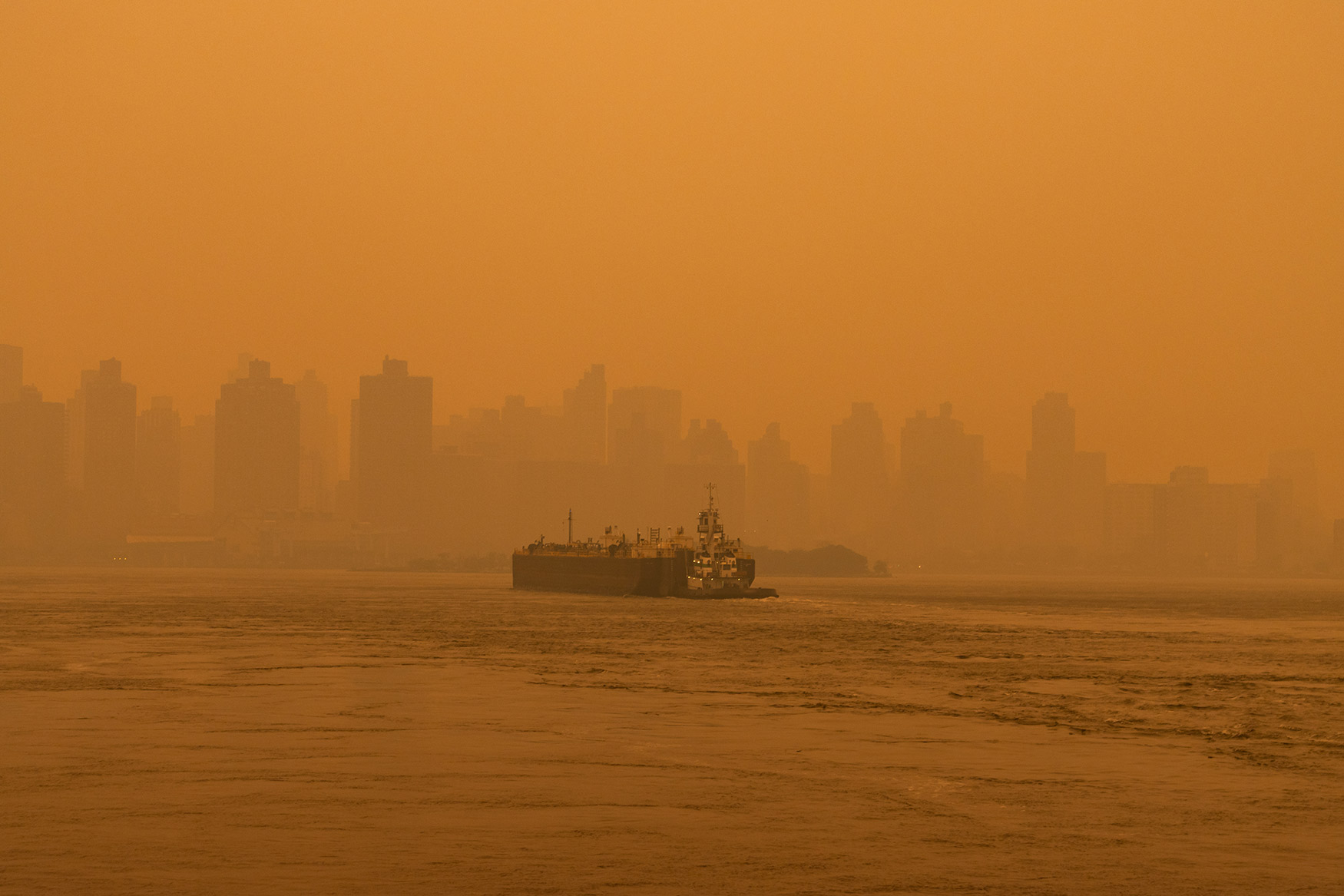
The biggest health risk from wildfires is exposure to fine particulate matter called PM2.5. Airborne particulate matter isn’t a single pollutant but rather a complex combination of solids and aerosols. Particles vary in size and shape; those with a diameter of 10 micron or less (PM10) are inhaled into the lungs and can cause adverse health effects. PM2.5 particles (2.5 microns or less in size) are even smaller—about 30 times smaller than the width of a human hair. This means they can travel deep into the respiratory tract and cause a range of health problems, from increased hospital admissions for heart and lung issues to acute and chronic bronchitis and worsening asthma attacks.
The most common advice when the air quality nosedives due to wildfires is to stay indoors and keep windows and doors shut to prevent smoke from entering your building, whether you’re at home, at work, or somewhere in between. If you’re a building owner or manager, what can you do to clean the air in your facility and protect the health of its occupants? Your HVAC system should be equipped with sensors and filters capable of sensing and cleaning fine particulate matter. We recently released an optional PM2.5 sensor for our bestselling MACH-ProView controllers that offers precise measurement of dust and other fine particles to determine the air quality in a space based on laser scattering. A building equipped with PM2.5 sensors allows simultaneous measurement of indoor and outdoor levels, which means you can monitor how well your filtration system is working, if filters need replacing, and when to use strategies like recirculating air and using prefilters or higher MERV filters.
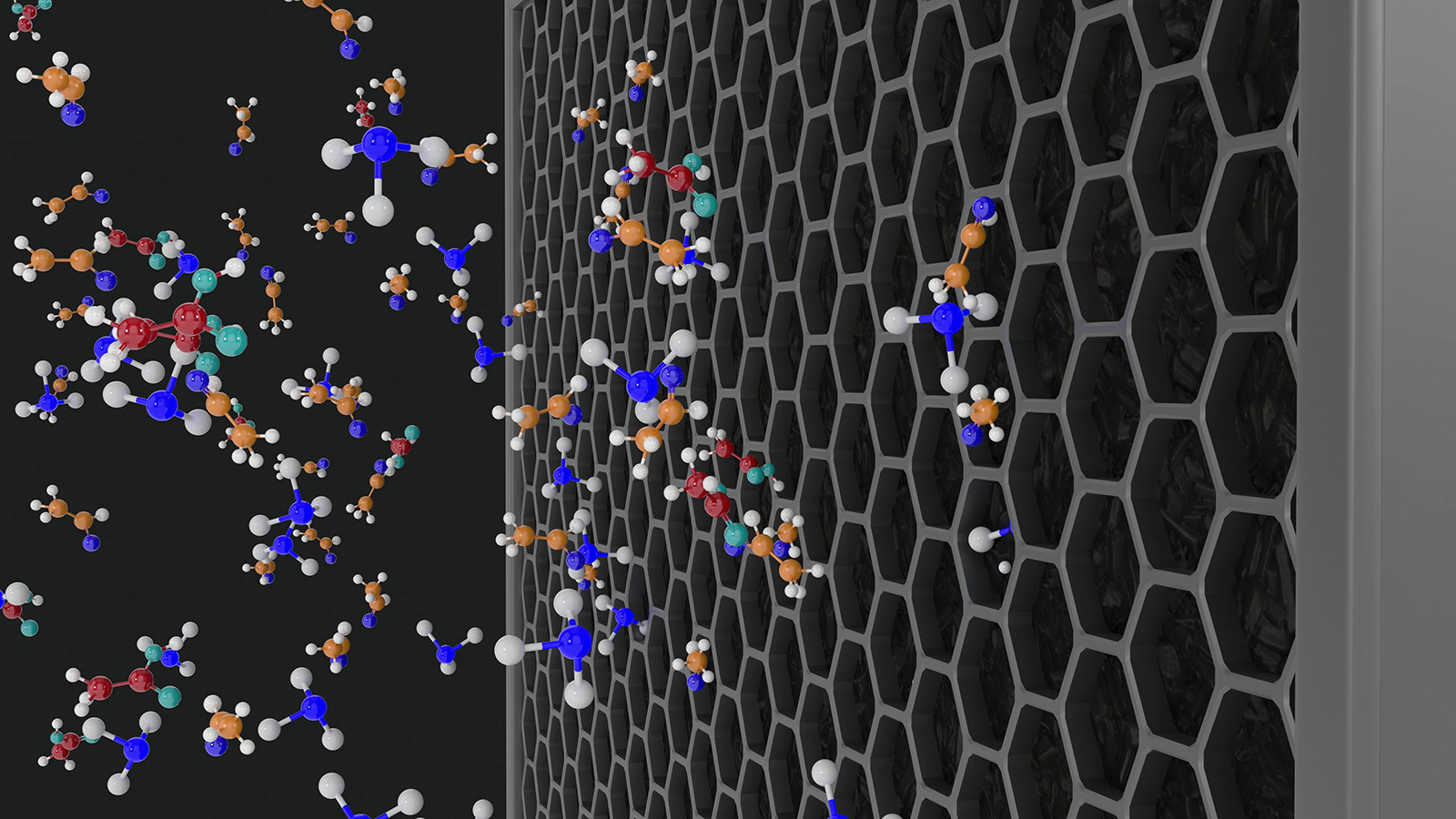
Being able to measure and precisely control environmental variables is a tangible benefit for every occupant in every segment of the built environment. You can depend on technologies from Reliable Controls to monitor the air quality in your facilities, especially when the air outside is hazy with wildfire smoke and other pollutants. Whether you need to measure particulate matter, volatile organic compounds, carbon dioxide, relative humidity, or temperature, we have sensor options to suit your needs.
To discuss how we can help improve the air quality in your building, find a Reliable Controls Authorized Dealer near you today.

Reliable Controls president Tom Zaban explores how we can help you foster transparency in the race to net zero.

Reliable Controls president Tom Zaban reflects on 30 years of the BACnet protocol.
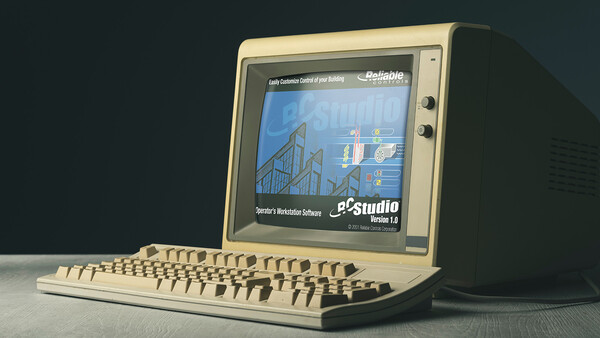
Celebrating nearly 25 years of RC-Studio, the backbone of our suite of building automation tools.

Learn how Reliable Controls promotes a circular economy, starting with design choices.

Learn about encouraging outcomes of the UN Climate Change Conference and how building automation plays a critical role in achieving global decarbonization goals.

What does a Zamboni have in common with an arena's ventilation system?

When every second matters, players should be set up for success. The building automation system can do just that.
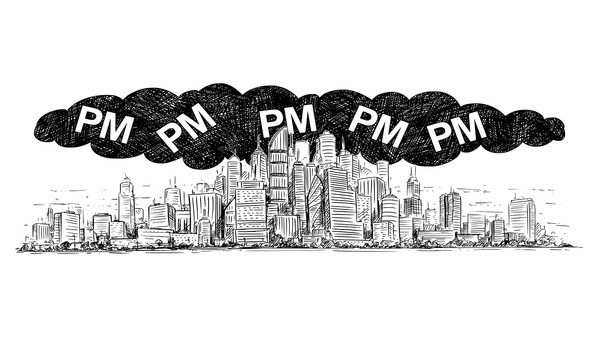
Discover particulate matter. Why does it matter, and how can you measure it?